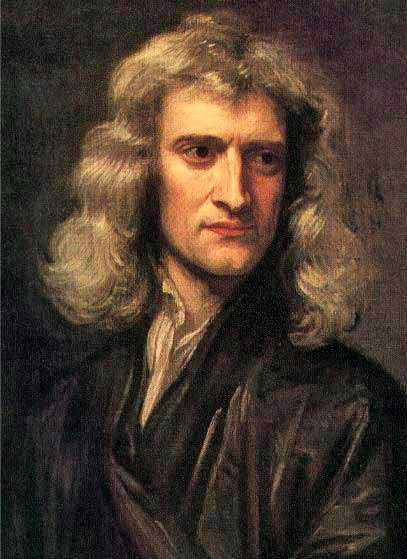Vol. I, Ch. 1: Introduction concerning the Compilers of the books of the Old Testament
Observations upon the Prophecies of Daniel, and the Apocalypse of St. John (1733)
Kontext: The authority of Emperors, Kings, and Princes, is human. The authority of Councils, Synods, Bishops, and Presbyters, is human. The authority of the Prophets is divine, and comprehends the sum of religion, reckoning Moses and the Apostles among the Prophets; and if an Angel from Heaven preach any other gospel, than what they have delivered, let him be accursed. Their writings contain covenant between God and his people, with instructions for keeping this covenant; instances of God’s judgments upon them that break it: and predictions of things to come. While the people of God keep the covenant they continue to be his people: when they break it they cease to be his people or church, and become the Synagogue of Satan, who say they are Jews and are not. And no power on earth is authorized to alter this covenant.
The predictions of things to come relate to the state of the Church in all ages: and amongst the old Prophets, Daniel is most distinct in order of time, and easiest to be understood: and therefore in those things which relate to the last times, he must be made the key to the rest.
